Key Takeaways
- Dubai offers a mix of traditional and ultra‑luxury massages across neighbourhoods like Downtown, Palm Jumeirah and Business Bay.
- Swedish, deep‑tissue and aromatherapy are the most popular styles, each targeting different needs.
- Top‑rated spas such as Talise, Al Qasr and Mandara combine world‑class therapists with stunning views.
- Expect to pay betweenAED250 andAED800 per hour; booking ahead secures the best time slots.
- Follow basic safety tips - verify licences, communicate preferences and stay hydrated after the session.
Direct Answer
If you’re looking for a relaxing escape in the UAE, Massage in Dubai delivers everything from classic Swedish strokes to deep‑tissue work in world‑class spa settings. The city’s top venues - Talise Spa, Al Qasr Spa, Mandara Spa, among others - combine expert therapists, luxurious surroundings and flexible pricing, making it easy to book a session that fits your schedule and budget.
Comprehensive Guide to Massage in Dubai
Picture this: you step into a marble‑clad lobby, the scent of oud and jasmine fills the air, and a plush lounger beckons you to unwind. That’s the everyday reality of Dubai’s spa scene. Whether you’re a weary business traveler, a holidaymaker looking for a pampering break, or a local seeking a regular wellness ritual, there’s a massage option that matches your vibe.
Definition and Context
When we talk about Massage in Dubai is a therapeutic practice that uses hands, forearms and sometimes tools to manipulate muscles, tendons and skin for relaxation, pain relief and improved circulation. The city’s multicultural makeup means you’ll find techniques rooted in Swedish, Thai, Middle‑Eastern and Ayurvedic traditions, all delivered in settings ranging from hotel spas to dedicated wellness centres.
Benefits of Getting a Massage in Dubai
Aside from sheer indulgence, a professional session offers measurable health perks:
- Stress reduction - cortisol levels drop within minutes of a soothing stroke.
- Improved muscle flexibility - ideal after long flights or desert tours.
- Enhanced blood flow - supports skin health in the city’s dry climate.
- Boosted immune response - gentle lymphatic movement helps clear toxins.
- Better sleep quality - many guests report deeper rest after evening sessions.
Clients at the Burj Al Arab Spa often mention feeling “recharged for the next day’s boardroom battle,” while families at Emirates Palace Spa say the experience “turned a hectic holiday into pure calm.”

Types of Massage Available in Dubai
Here’s a quick look at the most common styles you’ll encounter:
- Swedish massage - gentle, long strokes aimed at relaxation and circulation.
- Deep‑tissue massage - focused pressure on tight knots, perfect for athletes or desk‑bound professionals.
- Aromatherapy massage - uses essential oils (e.g., lavender, eucalyptus) to enhance mood and skin benefits.
- Hot stone therapy - smooth basalt stones transfer heat, easing muscle tension.
- Traditional Arabic hammam scrub - combines gentle massage with exfoliation for a full‑body glow.
Most high‑end spas allow you to blend two techniques (e.g., Swedish + aromatherapy) for a custom experience.
How to Find Massage Services in Dubai
Finding the right spot is easier than you think. Follow these steps:
- Identify your preferred location - Downtown Dubai, Dubai Marina, Palm Jumeirah or Deira each host distinct venues.
- Check reputable listings - the Dubai Tourism website, TripAdvisor’s ‘Top Rated Spas’, and local magazines like Time Out Dubai regularly rank the best massage providers.
- Verify licencing - the Dubai Health Authority (DHA) issues a spa licence number, usually displayed on the venue’s website or at reception.
- Read recent guest reviews - look for comments on therapist expertise, cleanliness and punctuality.
- Call or use the online booking portal - most hotels (e.g., Talise Spa) offer instant confirmation via WhatsApp or their app.
Map apps like Google Maps tag each spa with the “spa” POI icon, making it simple to plot a route from your hotel.
What to Expect During a Session
Walk into the treatment room, and you’ll likely find the following:
- Private ambience - dim lighting, soft music, and a temperature set around 24‑26°C.
- Consultation - therapist asks about pressure preference, health concerns and desired focus areas.
- Robe and slippers - provided for modesty and comfort.
- Massage duration - standard slots are 60, 90 or 120minutes; many spas also offer ‘express’ 30‑minute treatments.
- Post‑massage refresh - a few minutes to relax, sip infused water and optionally enjoy a light snack.
At Al Qasr Spa, the therapist may incorporate a short foot soak before the main treatment, while at Mandara Spa you can opt for a scented pillow to enhance aromatherapy effects.
Pricing and Booking
Prices vary by spa prestige, massage type and session length. Here’s a quick snapshot:
| Spa | Swedish (60min) | Deep‑tissue (90min) | Aromatherapy (60min) |
|---|---|---|---|
| Talise Spa | 250 | 350 | 280 |
| Al Qasr Spa | 275 | 380 | 300 |
| Mandara Spa | 240 | 340 | 260 |
| Burj Al Arab Spa | 320 | 440 | 360 |
Most venues accept credit cards, Apple Pay and even local e‑wallets like Careem Pay. Booking 24‑48hours ahead guarantees your preferred therapist; many spas also hold last‑minute slots for walk‑ins, especially during weekdays.

Safety Tips
- Confirm the spa’s DHA licence number before you arrive.
- Communicate any medical conditions - recent surgeries, skin allergies or pregnancy - clearly with your therapist.
- Ask about the hygiene protocol - fresh linens, sanitized equipment and hand‑washing are non‑negotiable.
- Stay hydrated - drink water before and after the session to help flush out toxins.
- Trust your instincts - if a therapist seems rushed or the environment feels off, it’s okay to cancel and reschedule.
Comparison Table: Massage vs. Sauna in Dubai
| Aspect | Massage | Sauna |
|---|---|---|
| Primary benefit | Muscle tension relief, stress reduction | Detoxification, cardiovascular boost |
| Typical duration | 60‑120min | 15‑30min per session |
| Ideal for | Back pain, post‑workout recovery | Skin cleansing, blood pressure regulation |
| Cost (average) | AED250‑400 | AED80‑150 |
If you’re unsure, many luxury hotels let you combine a short sauna stint with a full‑body massage for a holistic spa day.
Frequently Asked Questions
What should I wear to a Dubai spa?
Most spas provide a robe, slippers and a towel. Wear comfortable clothing to the reception; you’ll change into the spa‑provided attire before the treatment.
Are massages in Dubai halal?
Yes. Reputable Dubai spas respect cultural norms - therapists are of the same gender as the client, and any physical contact respects modesty guidelines.
Can I tip my therapist?
Tipping is appreciated but not mandatory. A 10‑15% tip, handed discreetly after the session, is customary in upscale venues.
How far in advance should I book?
For popular locations like Palm Jumeirah, reserve 48‑72hours ahead. Weekday mornings often have open slots, while evenings and weekends fill quickly.
Is a medical prescription needed?
Only if you have a specific health condition that requires a doctor’s note (e.g., post‑surgery). Otherwise, a simple questionnaire at check‑in suffices.
Ready to Melt Away Stress?
Dubai’s spa scene is waiting to pamper you. Pick a style, choose a location, and hit that booking button - your body will thank you. Book your next session today and turn the city’s buzz into bliss.



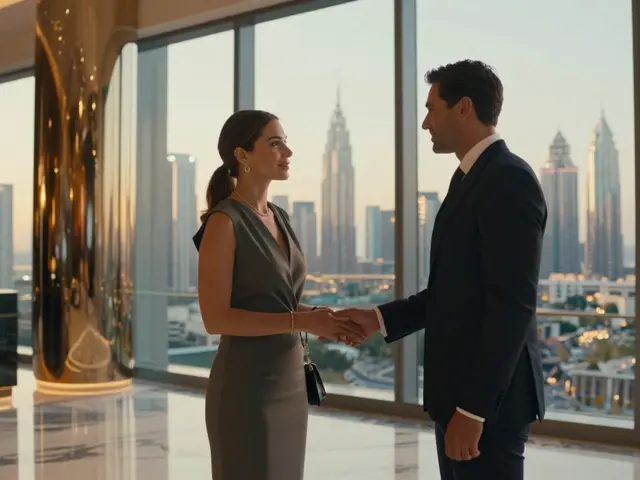
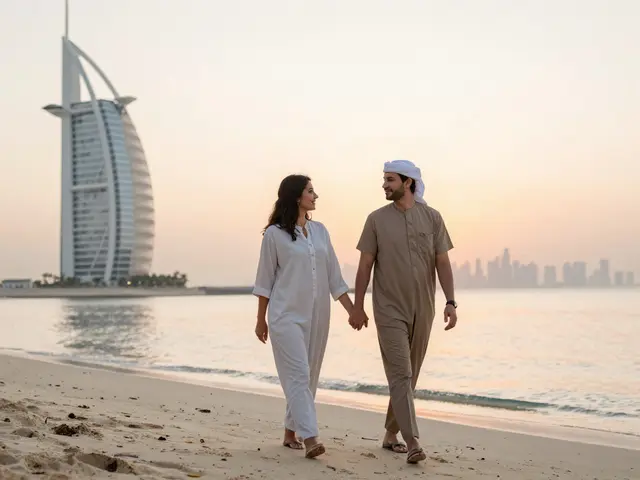
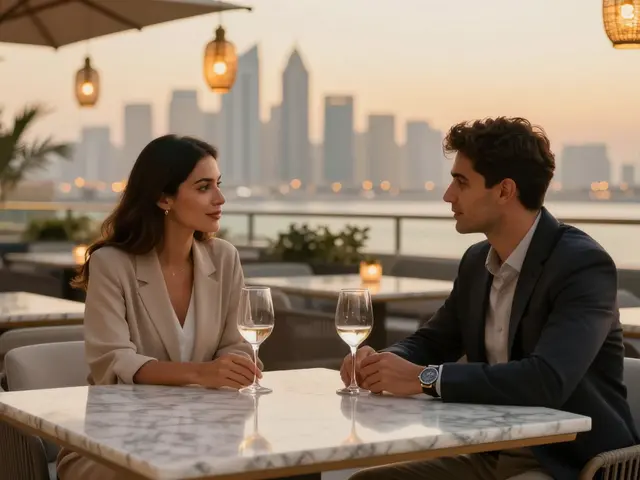
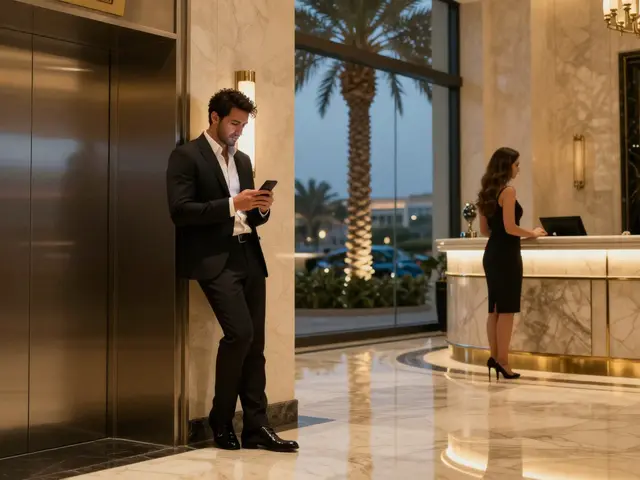
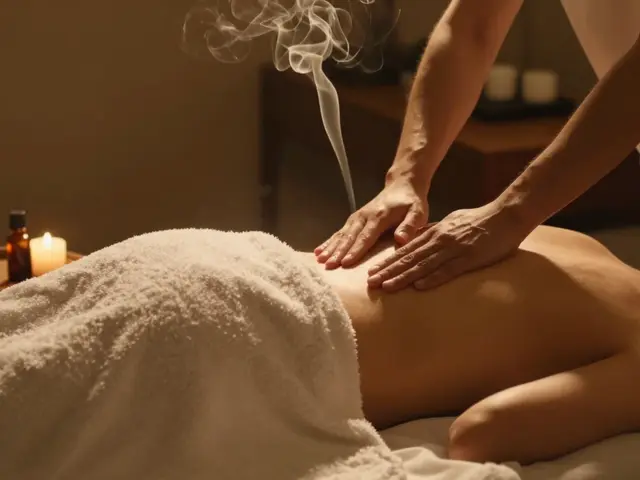
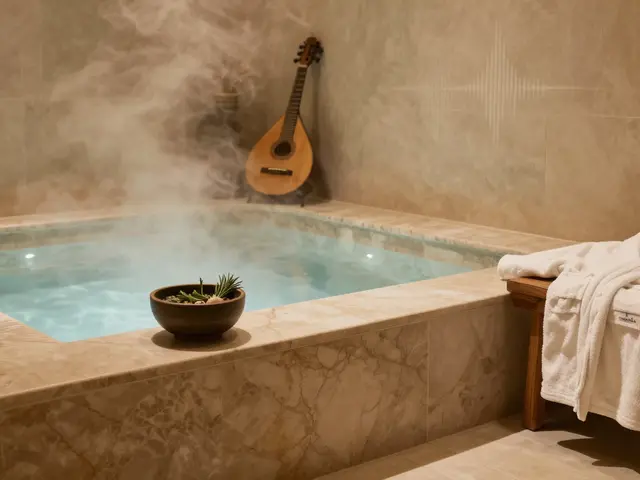
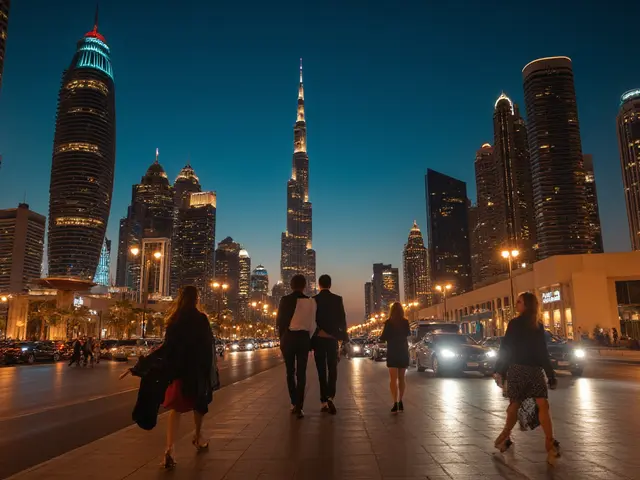
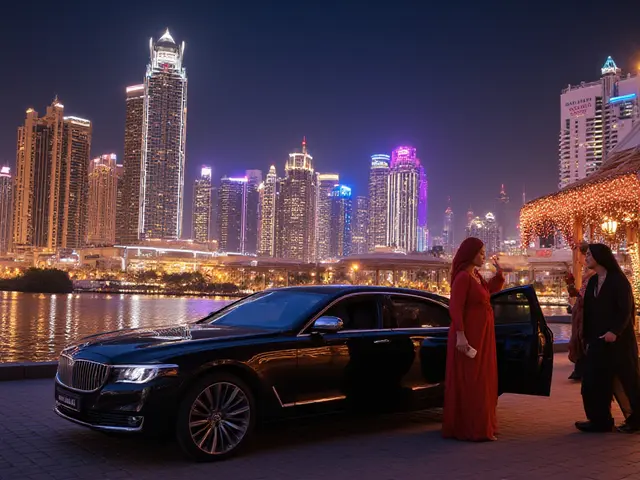


5 Comments
The guide does a commendable job of cataloguing the plethora of spa options across Dubai. It meticulously outlines the geographic distribution, from Downtown to the Palm, which is helpful for itinerant travelers. However, the repetitive use of the phrase “world‑class” borders on redundancy and could be replaced with more precise adjectives. The author also neglects to mention the importance of verifying therapist certifications beyond the generic DHA licence number. A reader would benefit from a brief explanation of the difference between a licensed physiotherapist and a spa therapist. Moreover, the pricing table would be clearer if it included a column for the minimum session length, since some venues charge a premium for 30‑minute slots. The section on safety tips correctly emphasizes hydration, yet it fails to advise patrons to avoid heavy meals immediately before a session. When discussing aromatherapy, the guide references lavender and eucalyptus but omits mention of popular Middle‑Eastern blends such as frankincense and myrrh. The inclusion of a comparison between massage and sauna is a nice touch, although the table could have used consistent units for temperature. The narrative tone occasionally slips into marketing jargon, for example the use of “recharged for the next day’s boardroom battle” feels overly promotional. In terms of grammatical precision, the article contains a few subject‑verb agreement errors, such as “clients ... says” instead of “say.” The list of massage types could be expanded to include shiatsu and Thai yoga massage, which are gaining popularity among expats. Readers seeking a family‑friendly experience would appreciate a note on child‑appropriate spa services, which is currently absent. While the instructions for booking are practical, a suggestion to use the official Dubai Tourism app would enhance convenience. The overall structure of the guide is logical, moving from definition to benefits, types, and practicalities, which aids readability. In conclusion, the article serves as a solid foundation for anyone planning a spa day in Dubai, provided that the minor omissions and stylistic quirks are addressed.
I’ll be blunt: skip the generic chain sppas and head straight to the flagship locations on the Palm if you crave true luxury. The guide glosses over the fact that the Talise Spa actually offers a bespoke hot‑stone ritual that most travelers never hear about. That hidden gem is definately worth a separate mention because it blends basalt heat with a private rooftop view. Also, the claim that all venues are “halal” is a bit simplistic; you need to double‑check gender‑matching policies before booking. Trust me, a quick call to the concierge will save you hours of guesswork and possibly a disappointing experience. In short, do your homework and don’t rely solely on this article for the final decision.
Thanks for putting together such a detailed rundown; it’s really helpful for first‑time visitors. I’ve found that pairing a short yoga class with a 60‑minute Swedish massage at Al Qasr Spa improves the overall relaxation experience. For budget‑conscious travelers, the express 30‑minute treatments at the Emirates Palace spa provide a decent pep‑up without breaking the bank. One tip that isn’t mentioned is to request a warm towel wrap after the session, which helps maintain the body’s temperature and prolongs the benefits. Overall, the guide hits the main points, and these extra suggestions might make the spa day even more enjoyable.
It is also advisable to inquire whether the therapist uses hypoallergenic linens, especially for guests with sensitive skin. Additionally, many spas now offer post‑massage herbal teas that contain ginger and mint, which can aid digestion and further reduce stress. Ensuring a 15‑minute cool‑down period before resuming daily activities helps prevent muscle soreness.
If you think a 250 AED massage is cheap, you’re clueless.